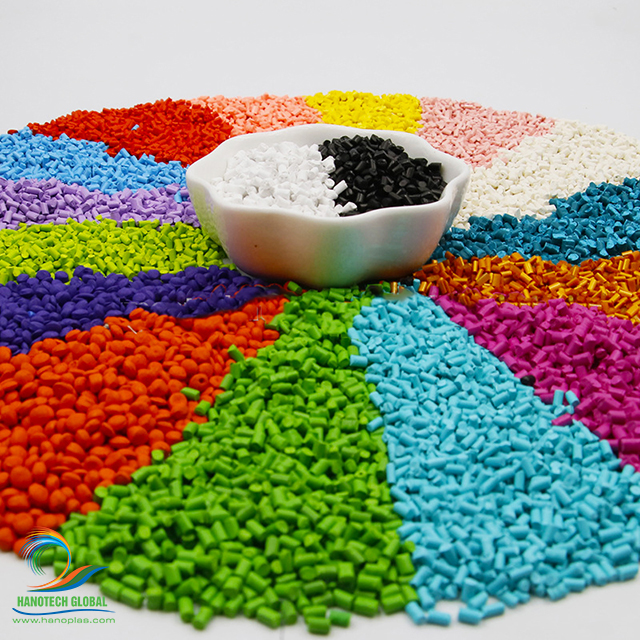What is Masterbatch?

Masterbatch, an essential part of the production stages of plastic, is the paint in the form of granules added to the raw material during the melting and shaping of the plastic. Thanks to this paint, it is now possible to obtain much more professional products. It can be in different colors according to demands. It provides excellent benefits in terms of presenting the right color to the applied area.
Masterbatch means paint. It enables the color of the melted plastic to be changed. Thus, it serves to give color and to create a master mix in the plastic manufacturing process. Plastic, which is a product actively used in technology and many other fields, affects our lives to a great extent. Plastics in different colors and models have a significant share in our living spaces.
Masterbatch Usage Areas
 Masterbatch is a concentrated mixture in the form of granules formed by impregnating the additives with color and different properties, which are used in the production process of plastic, into carrier polymers as a result of heat treatment. Apart from color, these different properties are antistatic, antioxidant, lubricant, fire retardant, antifog, UV additive.
Masterbatch is a concentrated mixture in the form of granules formed by impregnating the additives with color and different properties, which are used in the production process of plastic, into carrier polymers as a result of heat treatment. Apart from color, these different properties are antistatic, antioxidant, lubricant, fire retardant, antifog, UV additive.
Thanks to the color masterbatches, the desired color tone to given to the plastic form. It is easier to distribute it homogeneously to the material than to use powder pigments. It is possible to achieve more vivid and bright colors with a white masterbatch.
On the other hand, Additive masterbatches are effective not only on the physical but also on the mechanical properties of the product. They ensure that polymers protect from changes that they may undergo due to heat and chemicals during production and use. Thus, they increase the yield of the product and make it possible to produce plastic in different forms and properties.
Masterbatches used for color are consumed in high quantities, especially in injection, film, blow molding plastic, and pipe production. Additive masterbatches used in injection, blow molding plastic, pipe, and film industries. Filling masterbatches, also known as calcite-filled masterbatches, most commonly use in the film industry.
Production
 The masterbatches produced in the granular form mix with the raw material in powder or granular form and converted into the final product desired to obtain. Injection, blow molding, film, cable, corrugated pipe, and raffia sectors use it.
The masterbatches produced in the granular form mix with the raw material in powder or granular form and converted into the final product desired to obtain. Injection, blow molding, film, cable, corrugated pipe, and raffia sectors use it.
While producing the final product, the masterbatches mixed with the raw material in specific ratios and formulas divided into color, additive, and filler. The performance of masterbatches used as plastic additives or plastic fillers depends on the process of transformation into the final product. It gives the product some properties such as color, non-flammability, hardness, and UV resistance.
The masterbatch distribute to the carrier through heat treatment and extruders during the production phase. It contains pigment, additives, and base polymer. It must entirely homogeneously combine with the base polymer.
Production processes generally base on melting, mixing, and cooling. Due to the small scale of the products, the steps to follow in the mixing process essential. The selection of good quality machinery and additives are decisive factors.
Mixing mechanisms can examine under two headings as dispersive and removal dispersive. The homogenization process is mixing the additive particles and separating them from each other in the removal process. Volume and weight are essential in mixing systems.
Extruder systems use for mixing in the production process. Extruders, divided into single or twin screws, serve to provide the necessary formulation for the final product. It provides the necessary dosing for the formula either by feeding the premix from a single area with single dosing or by feeding separately in the twin-screw extruder.
Which Products Can Paint With Masterbatch?
- Sack & Big Bag
- Durable Consumer Goods (White Goods – Brown Goods)
- Bottles & Cans & Barrels
- Electrical Supplies
- PVC Siding & Elements
- Transport Cases
- Automotive
- Food Packaging
- Pipes & Fittings
- Cables


